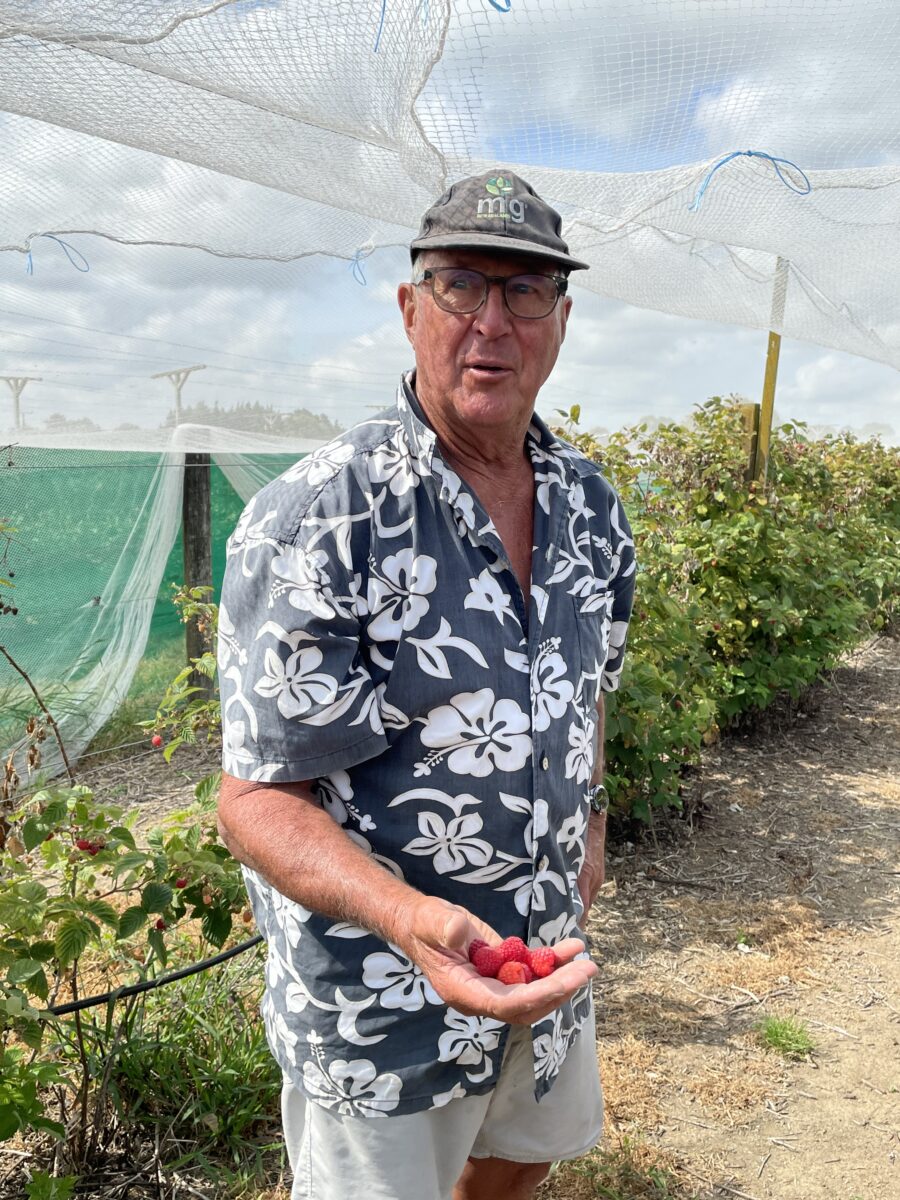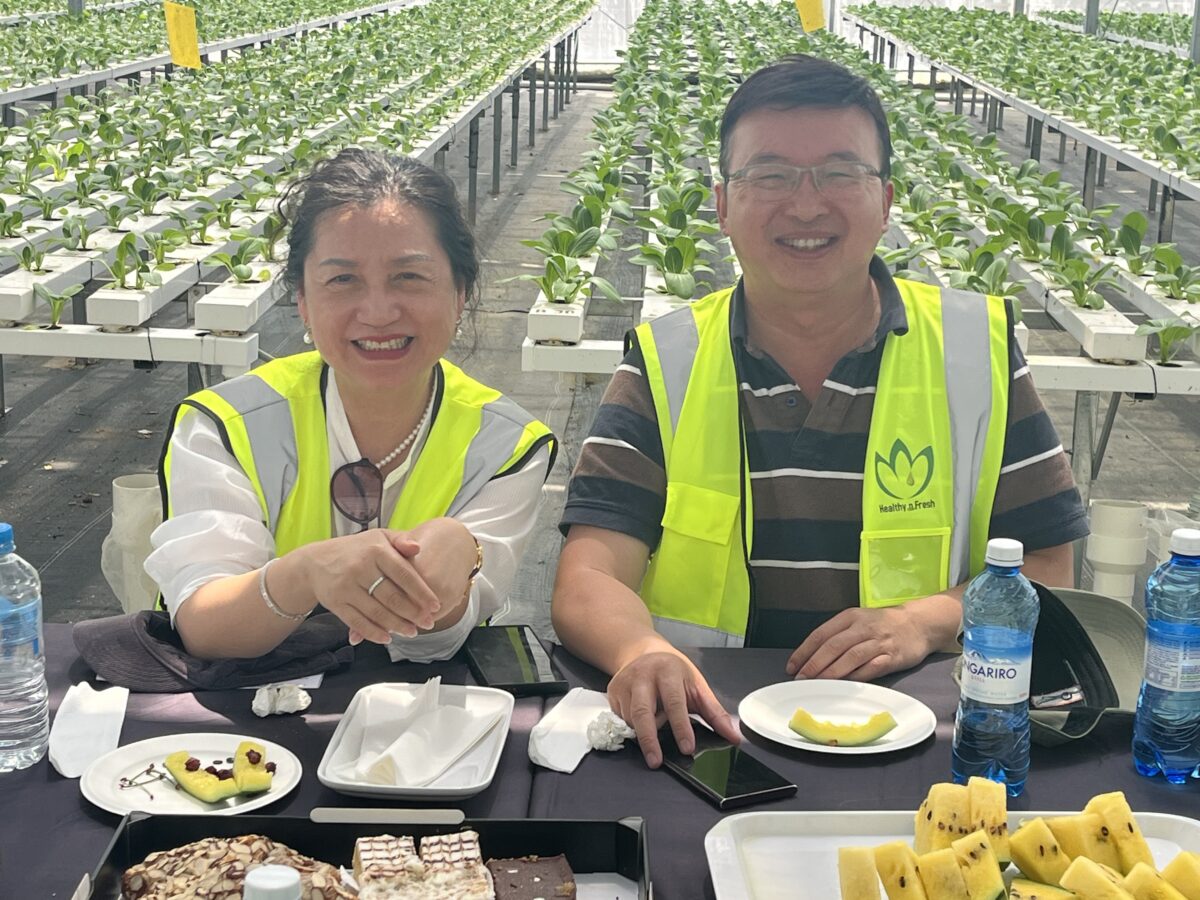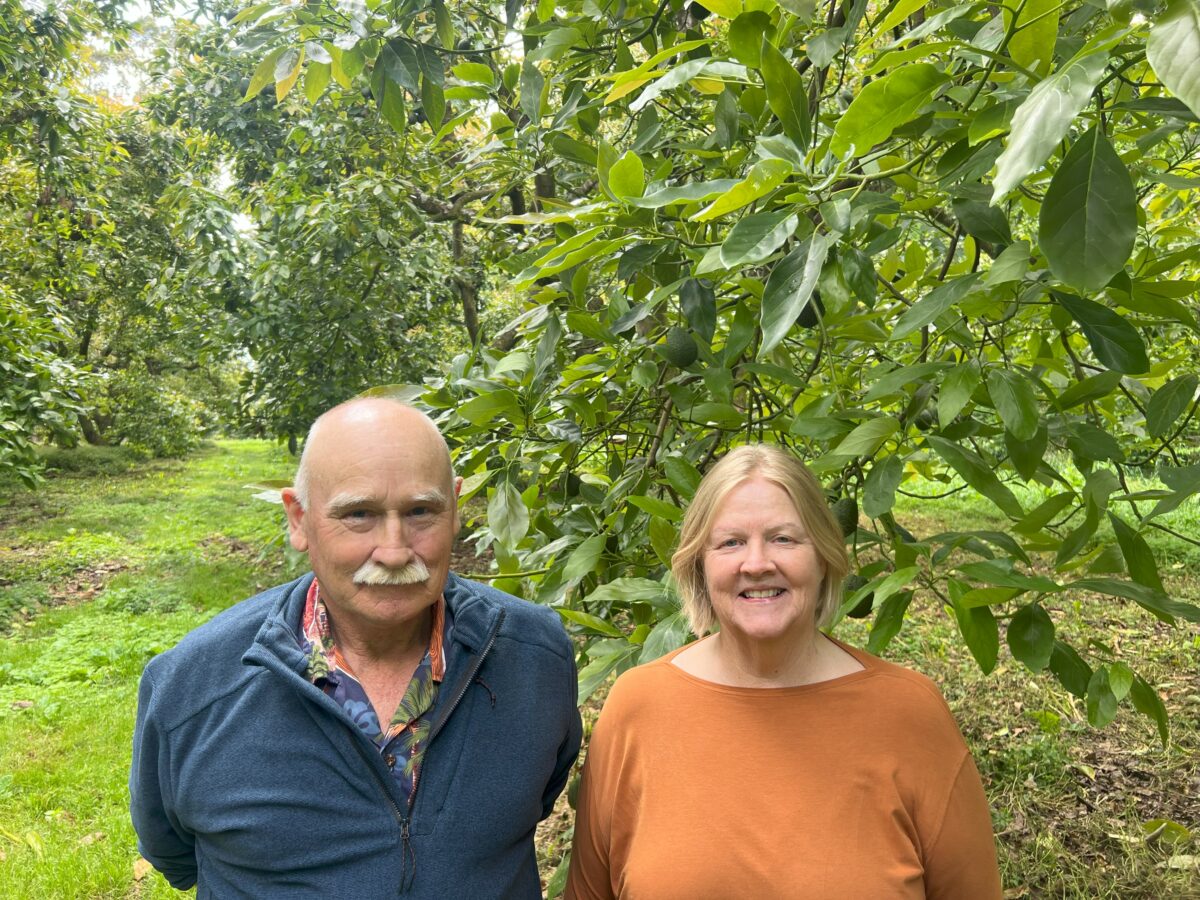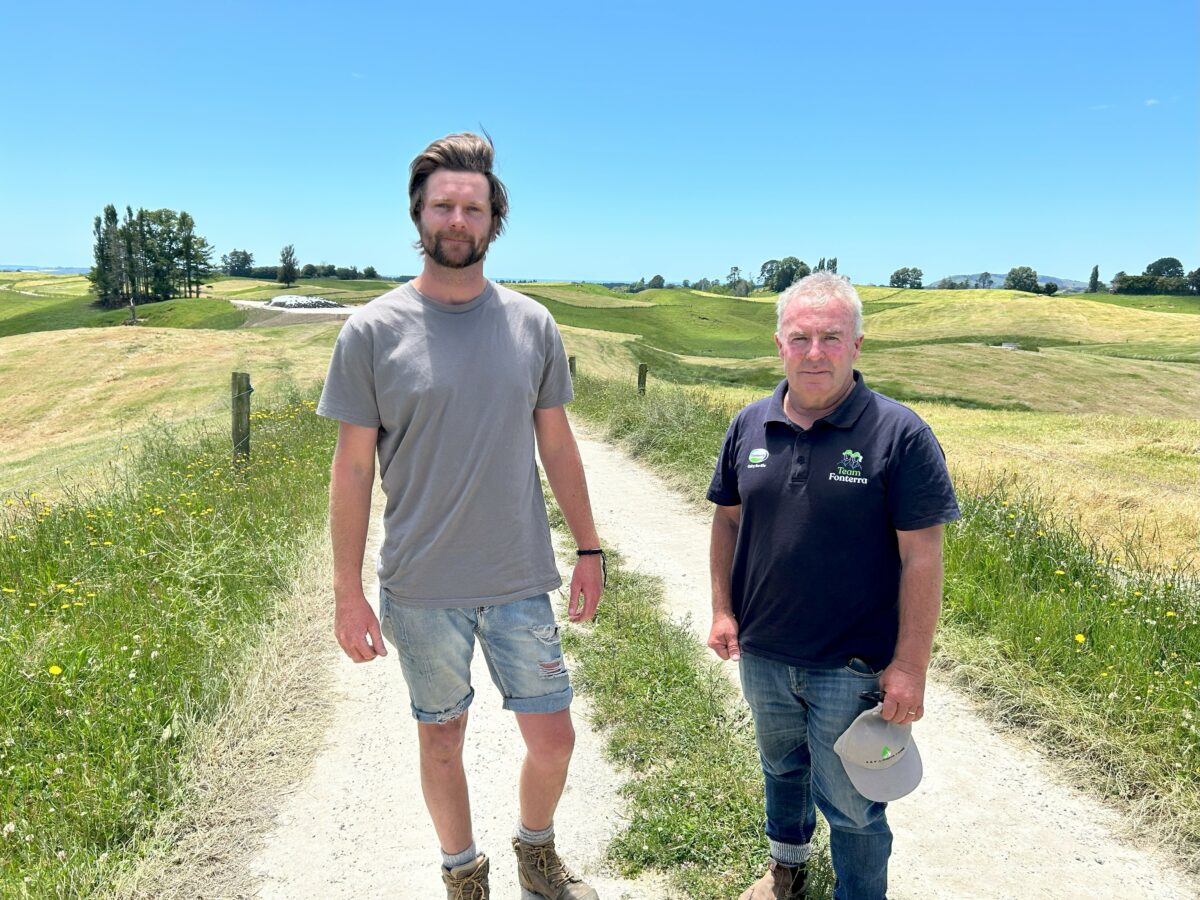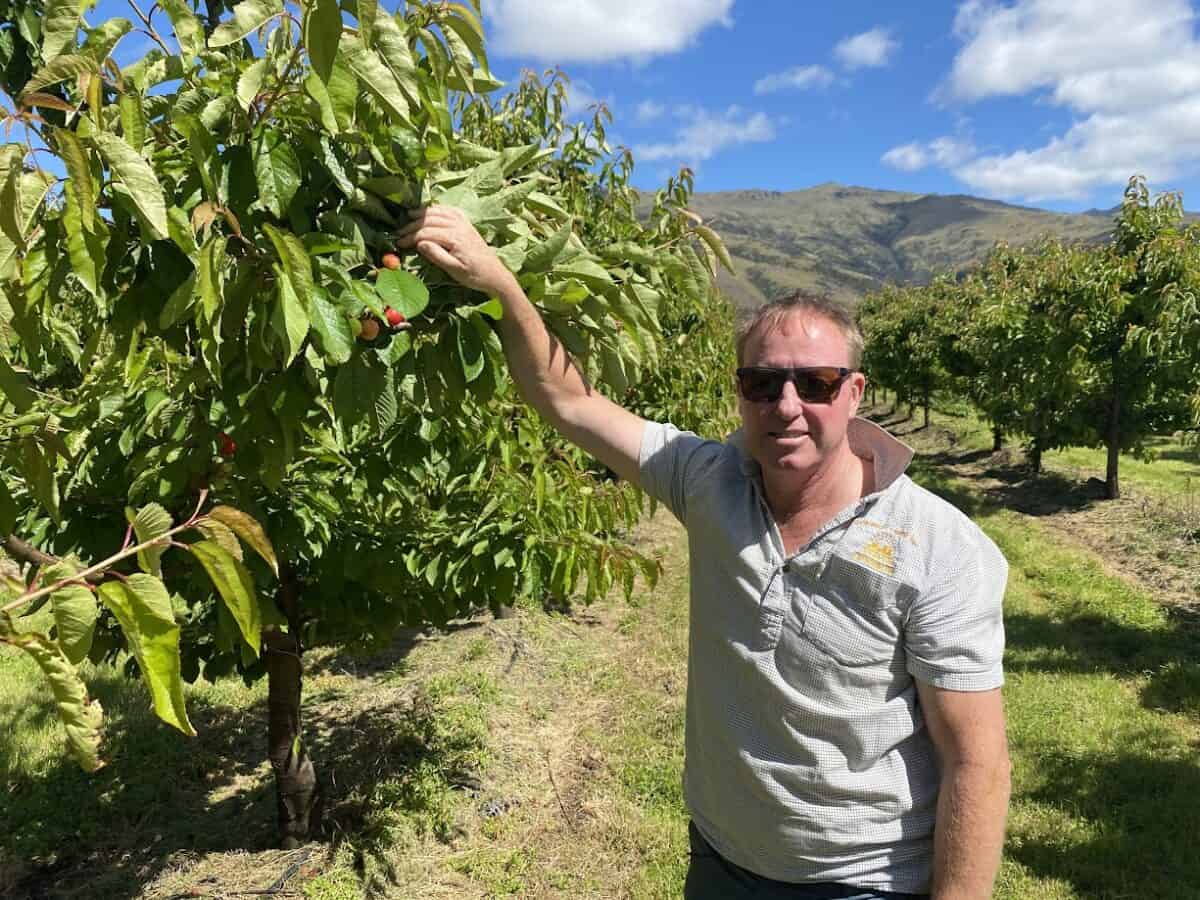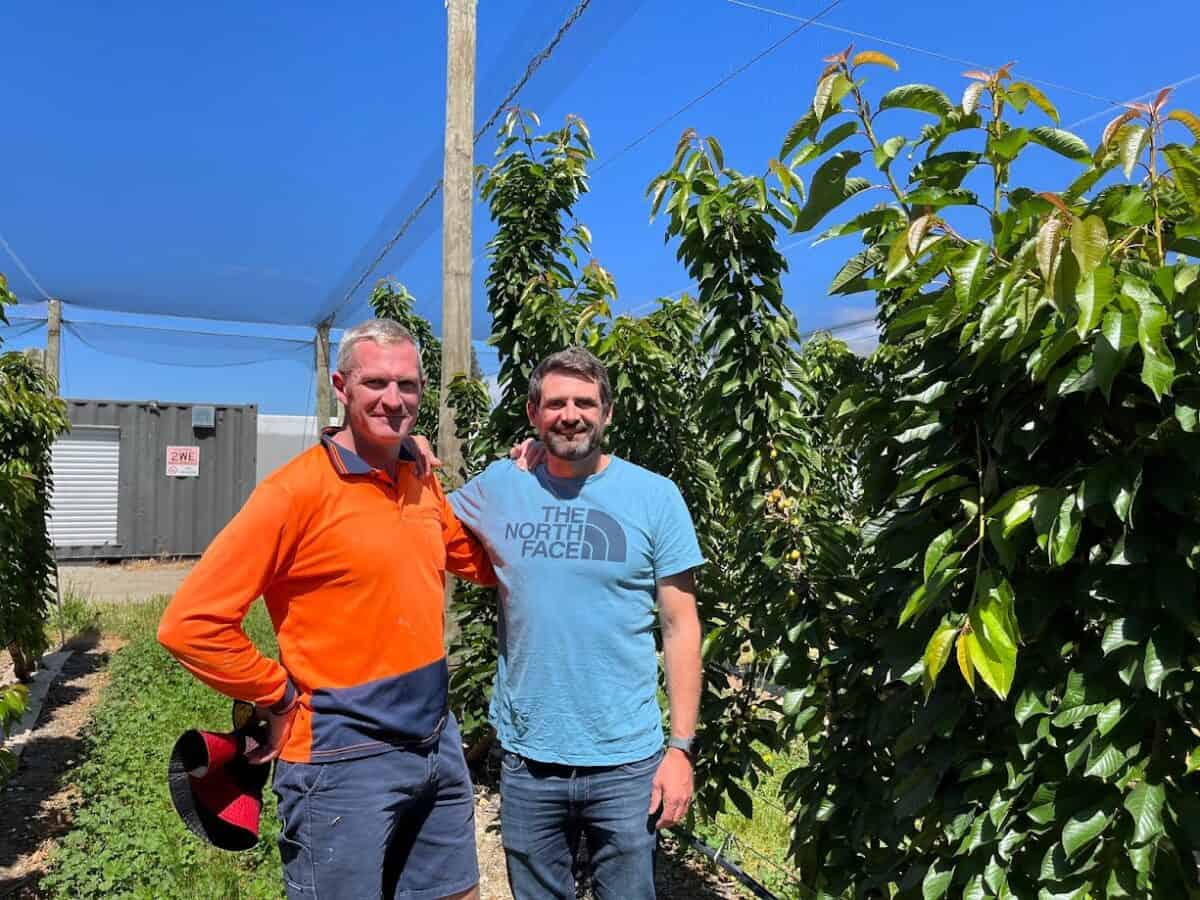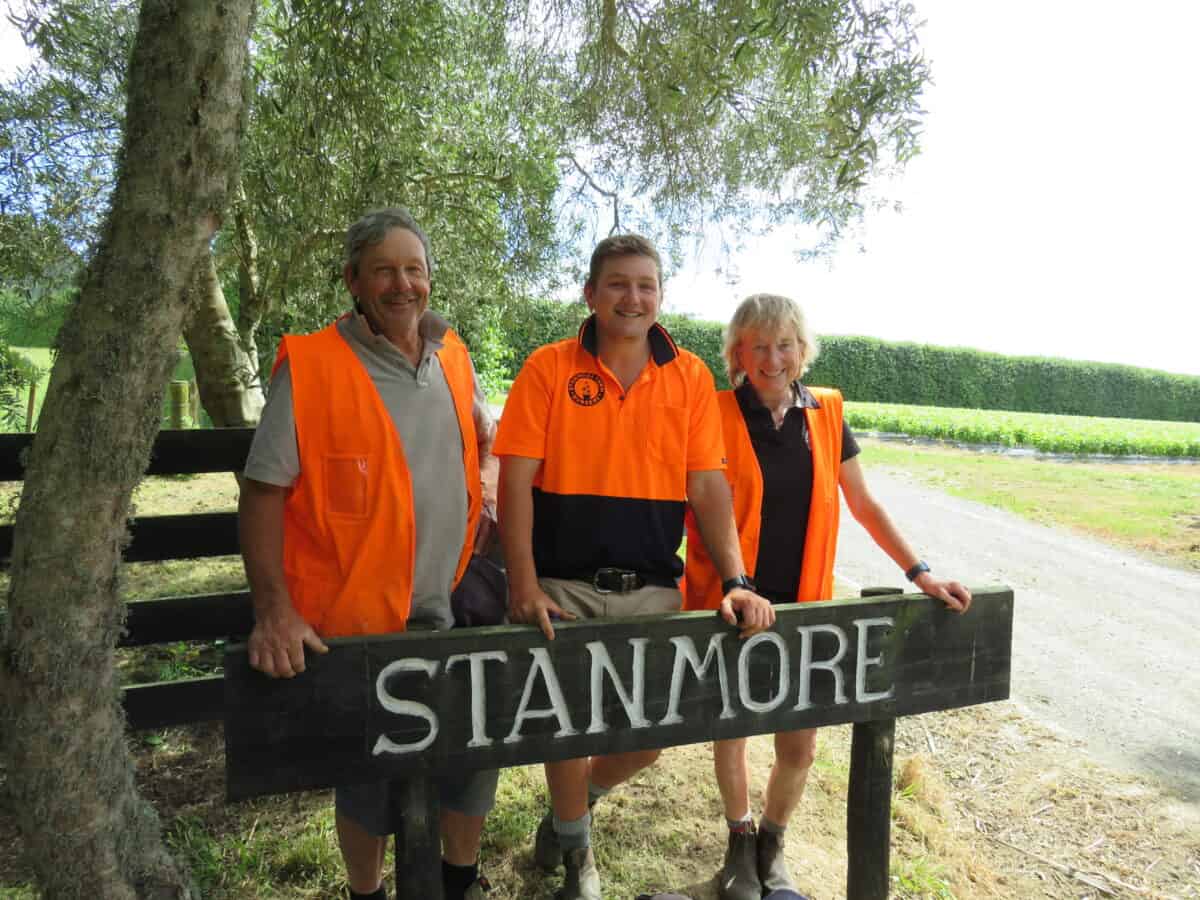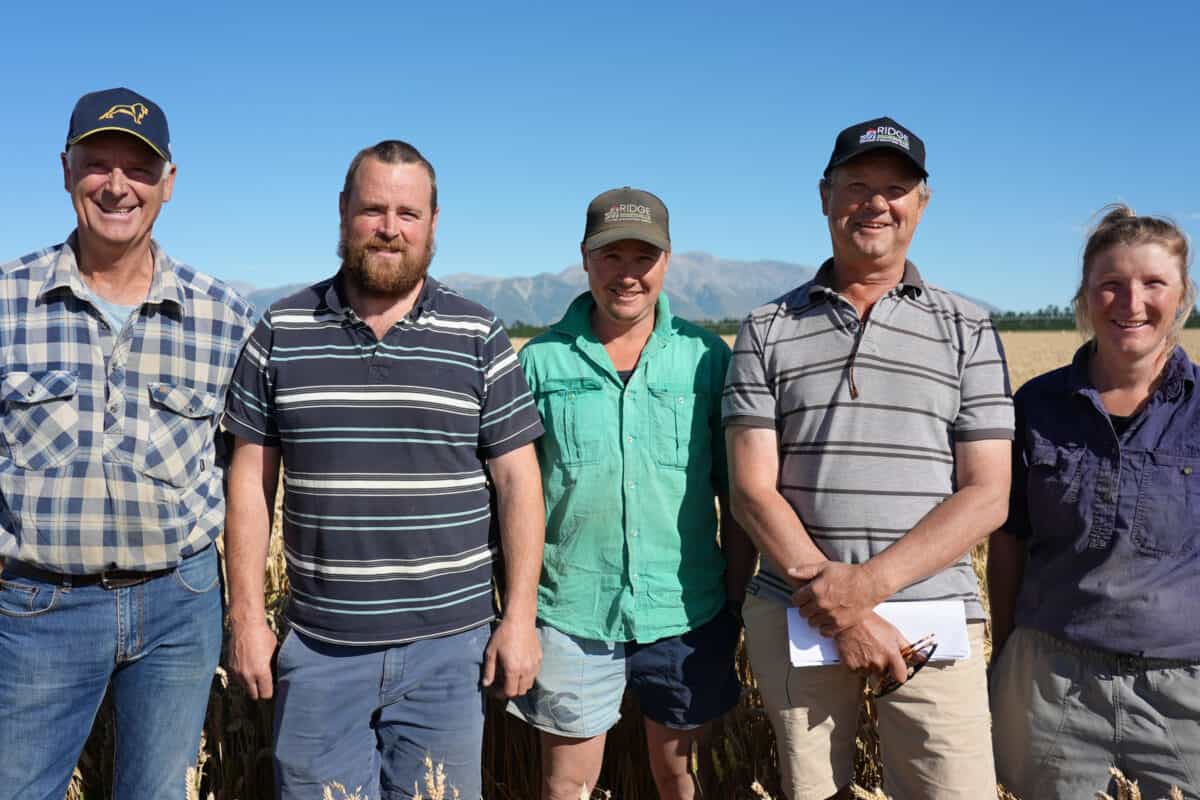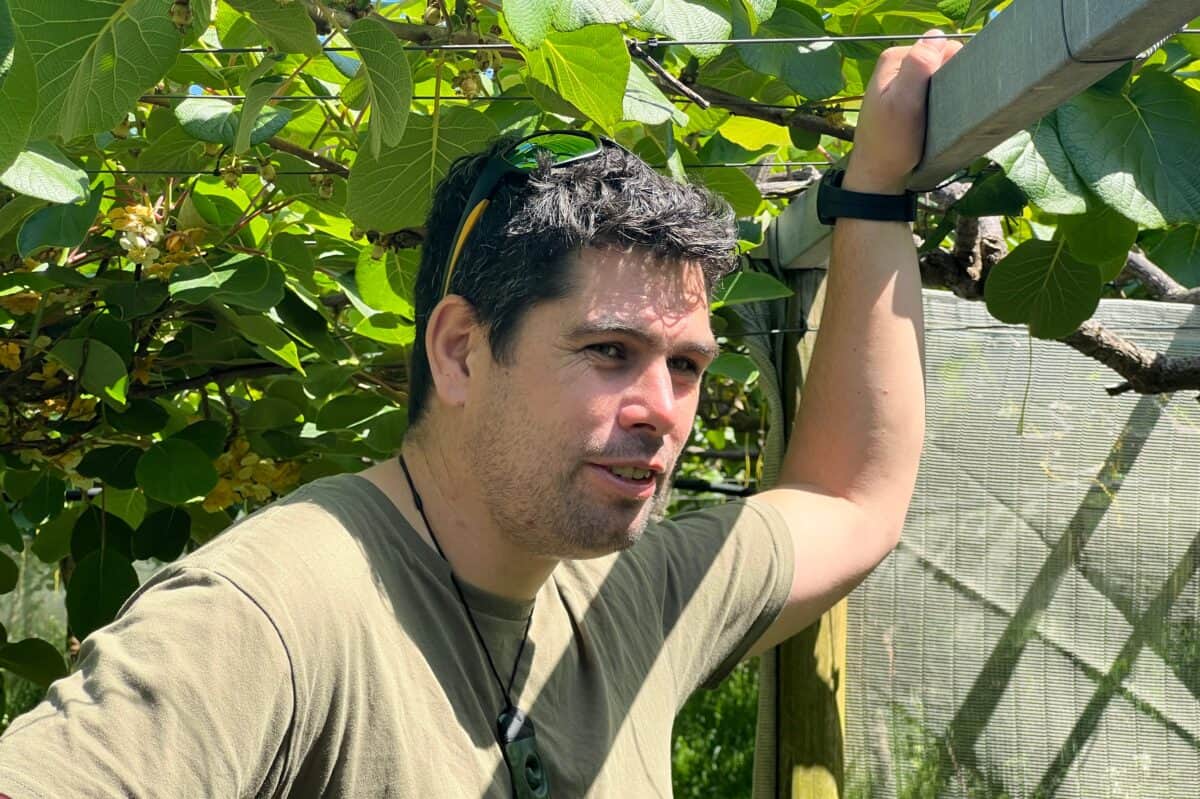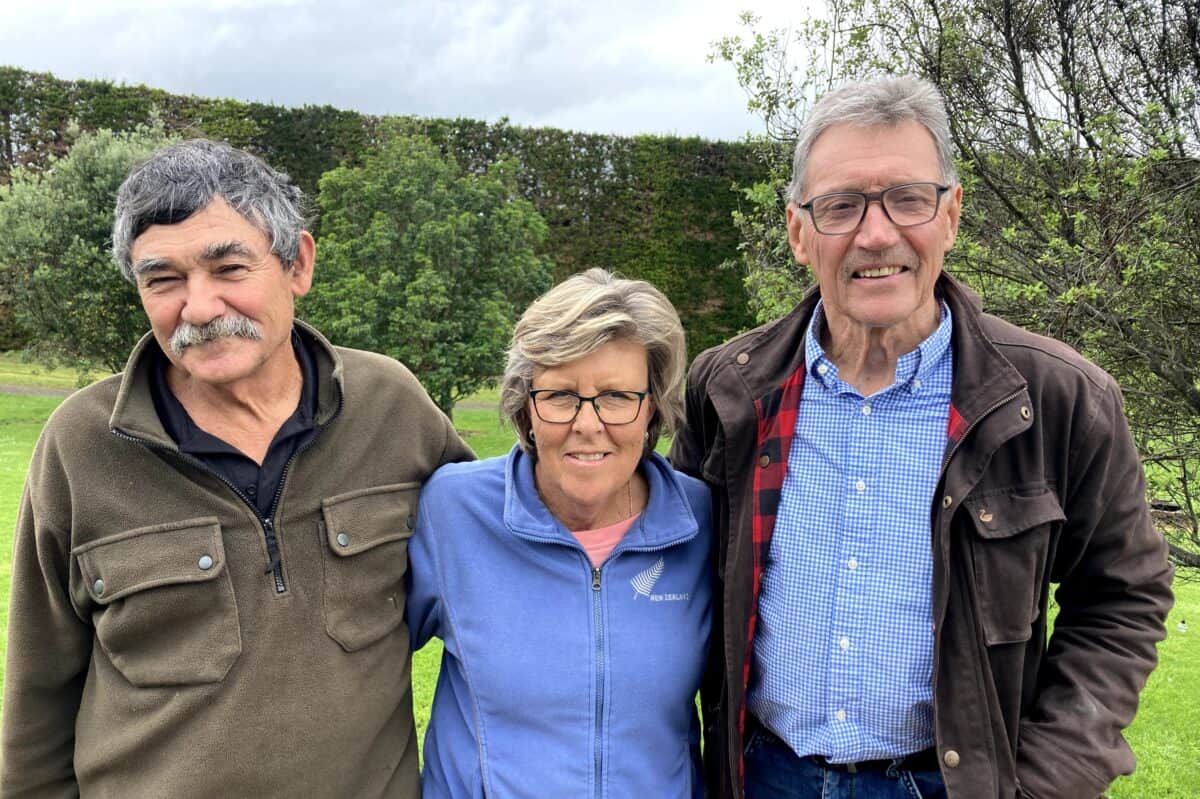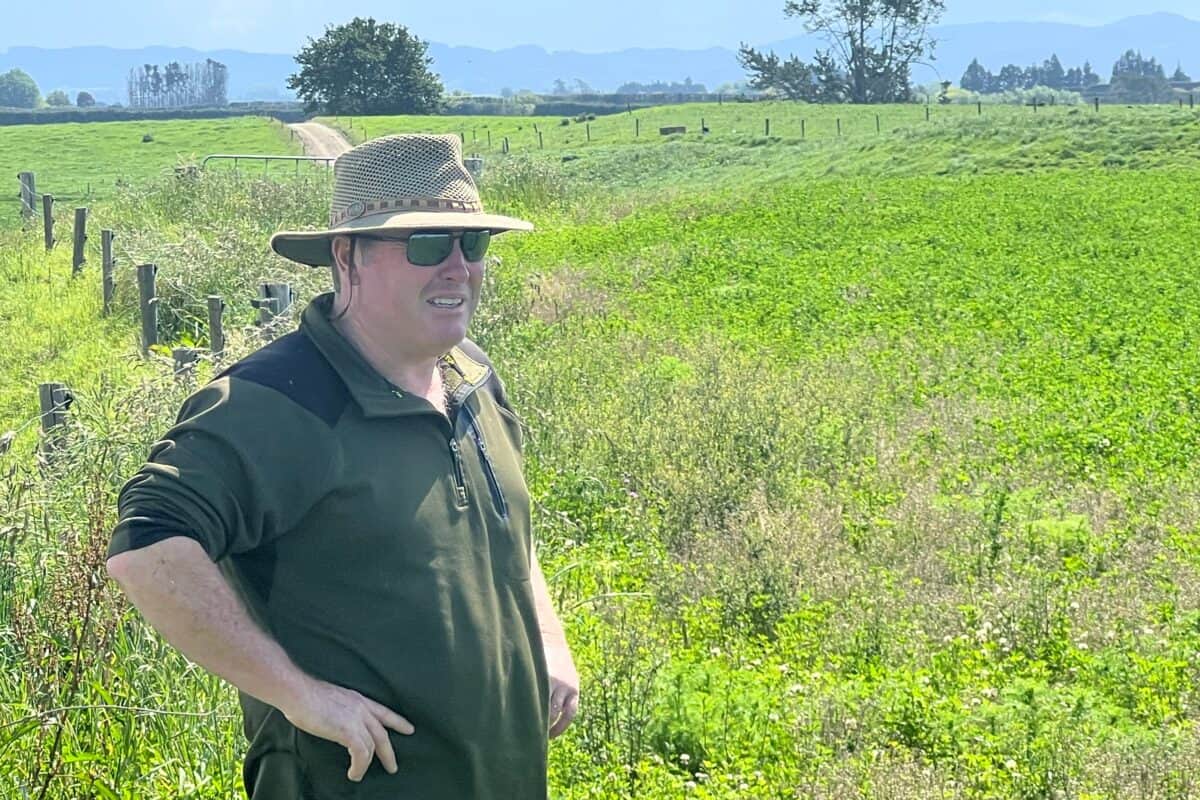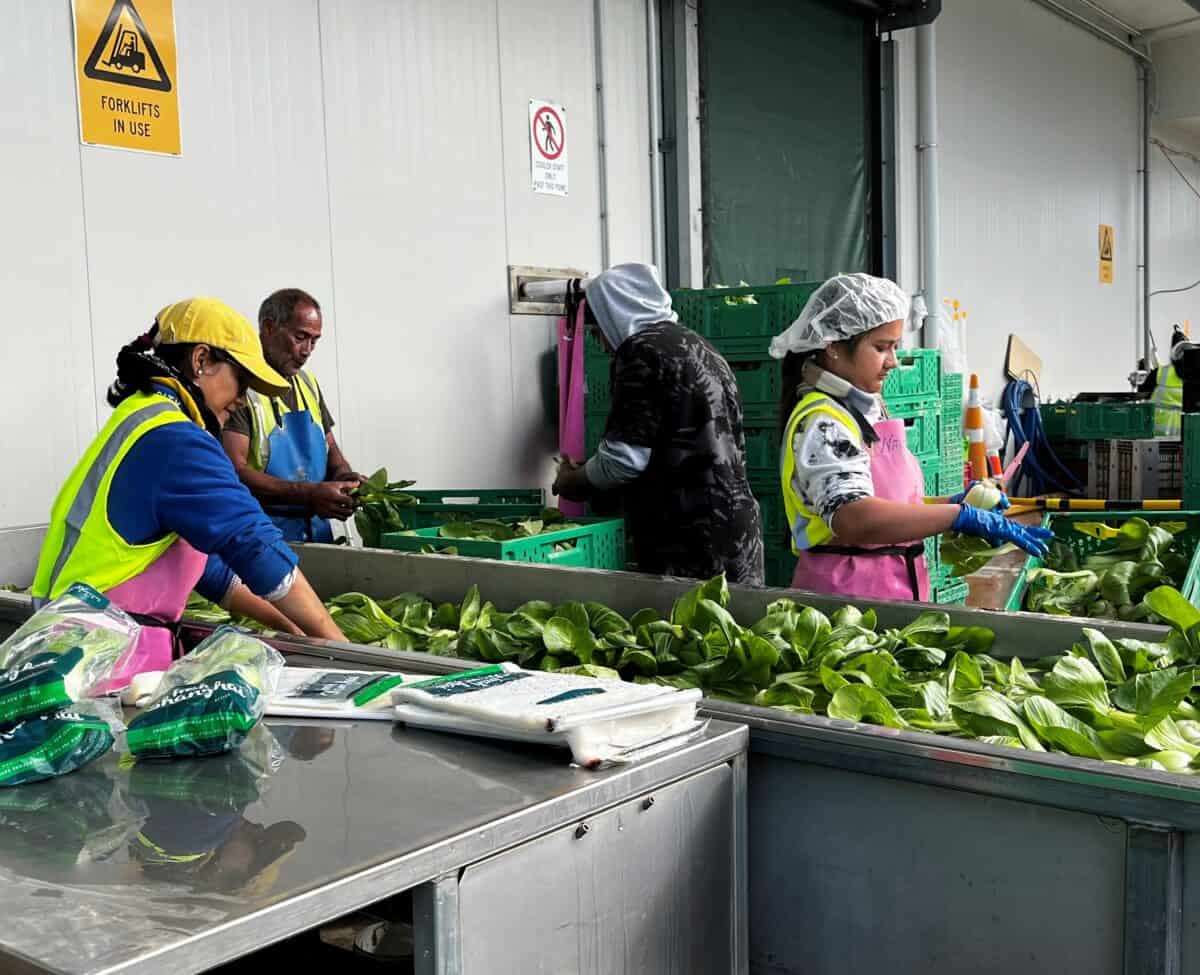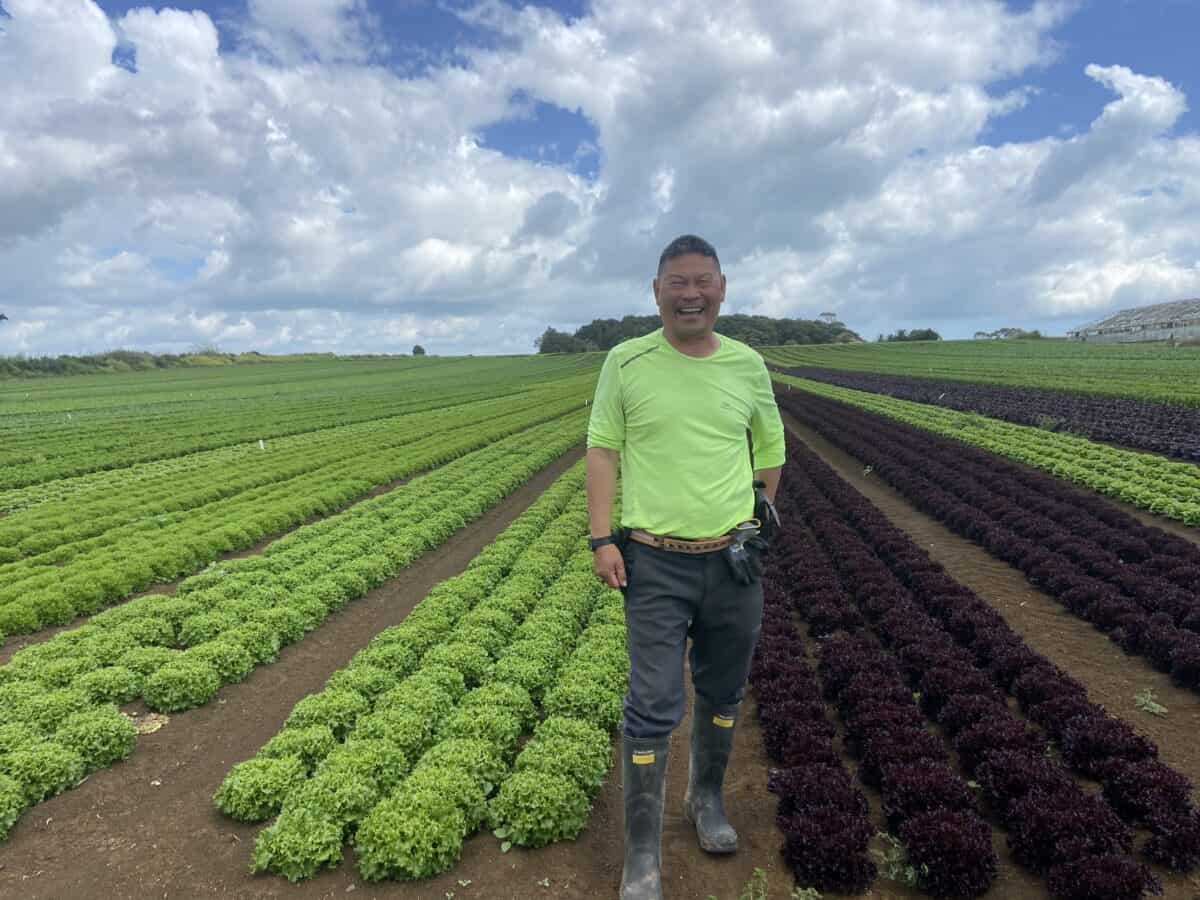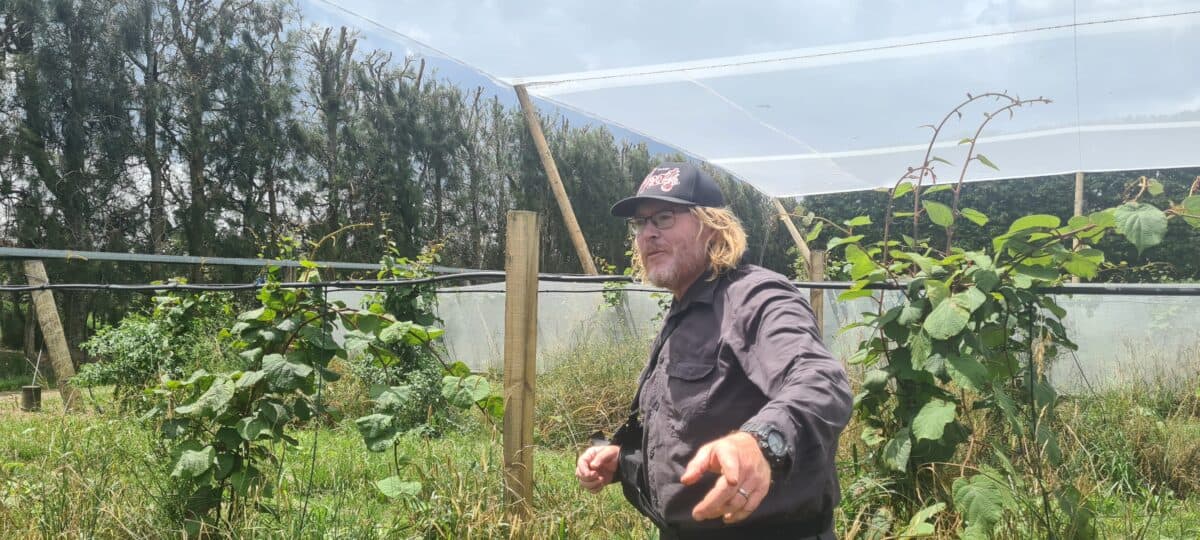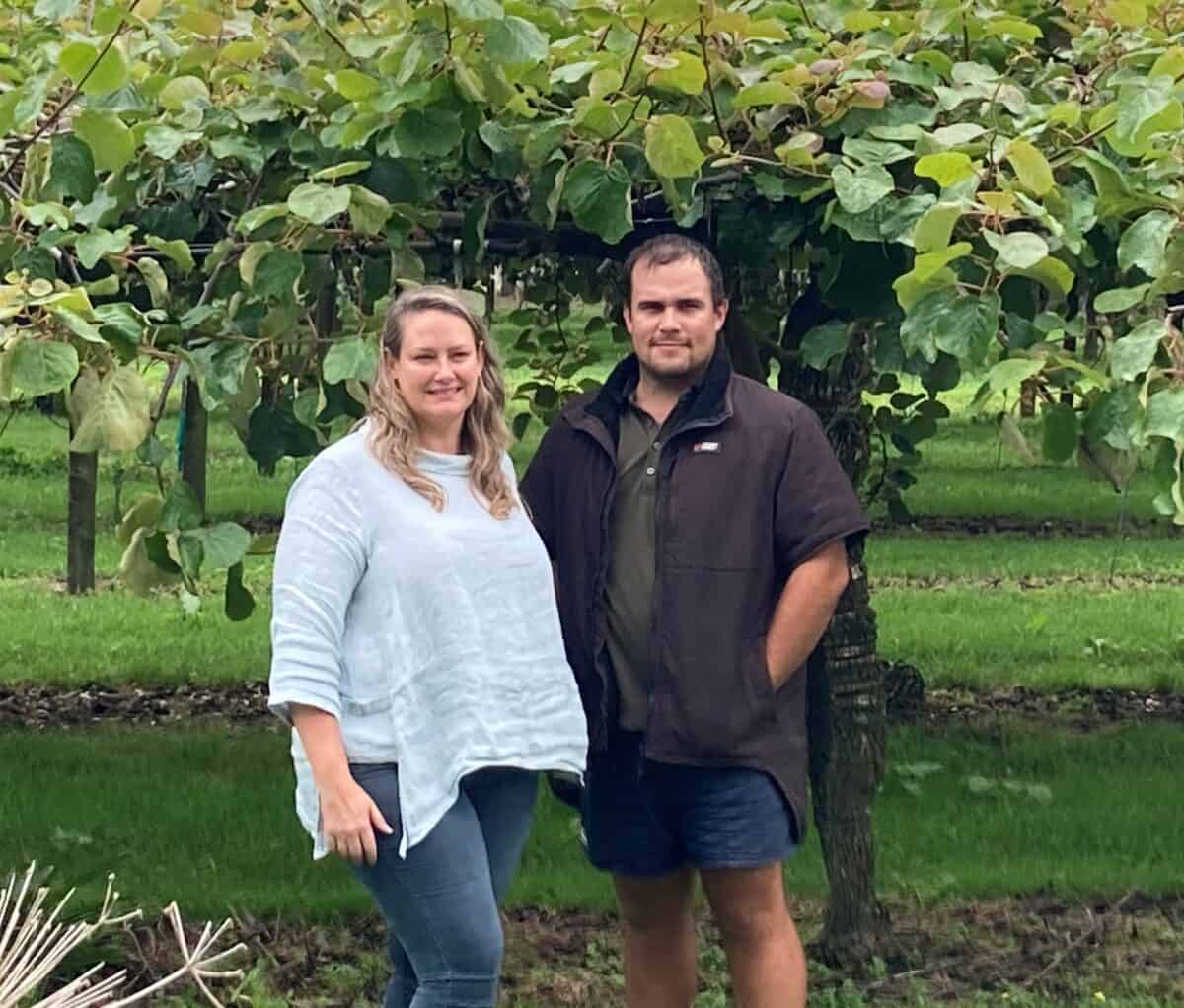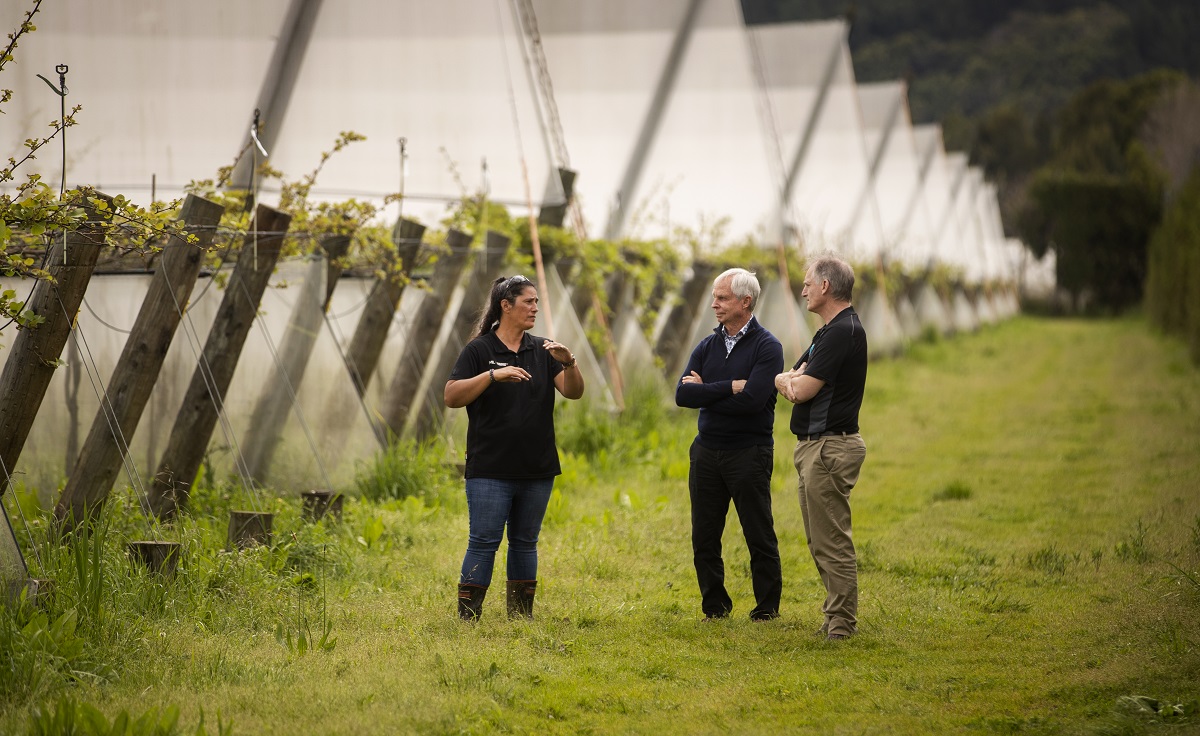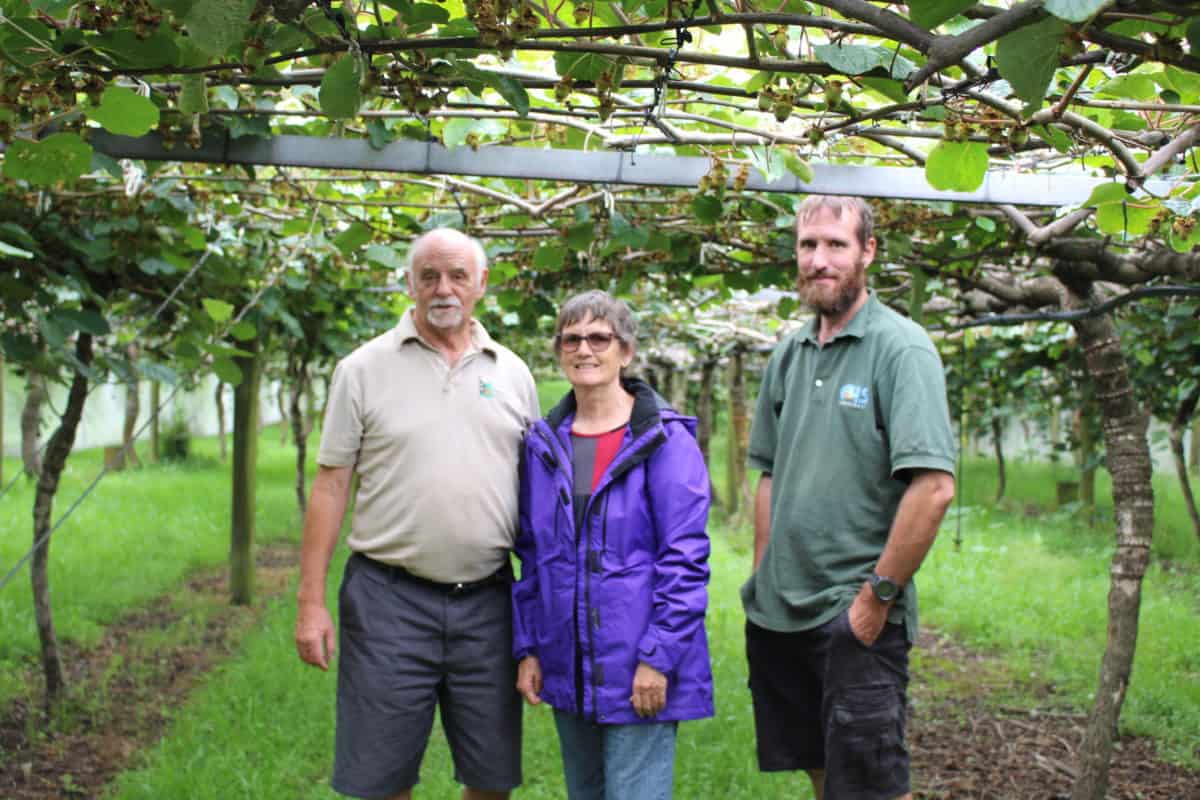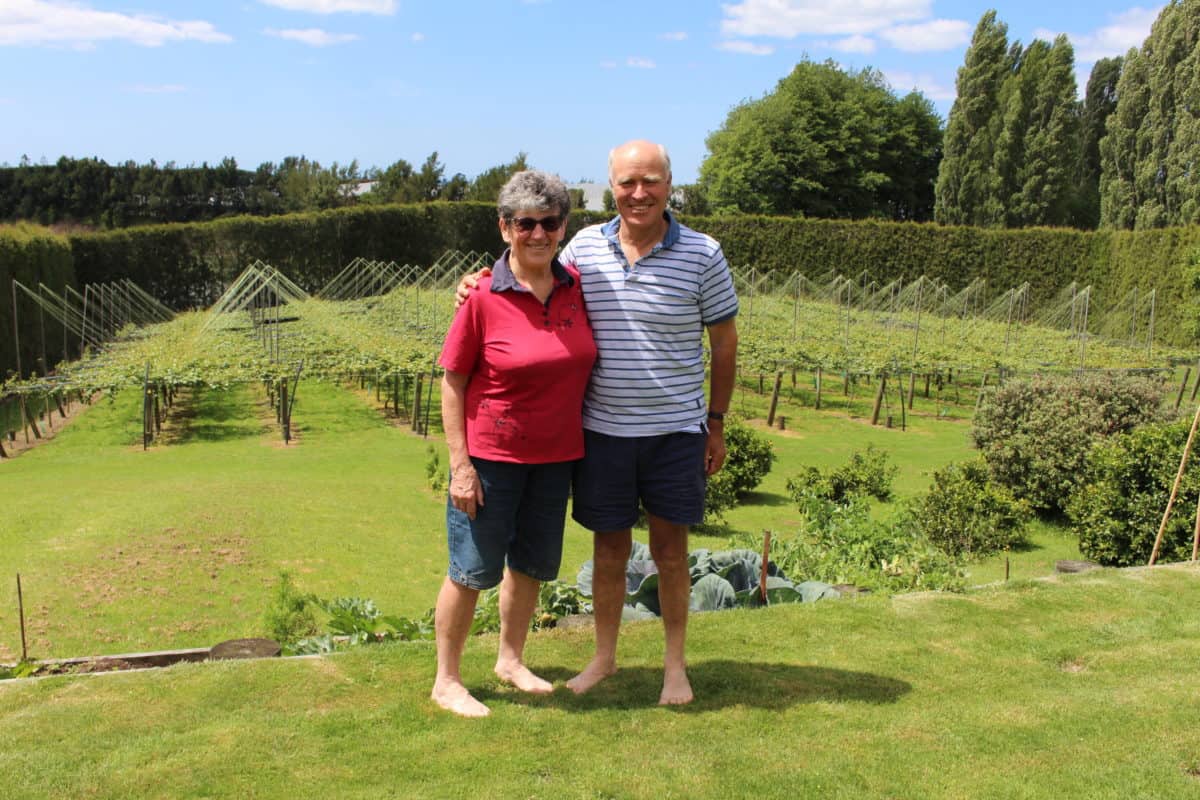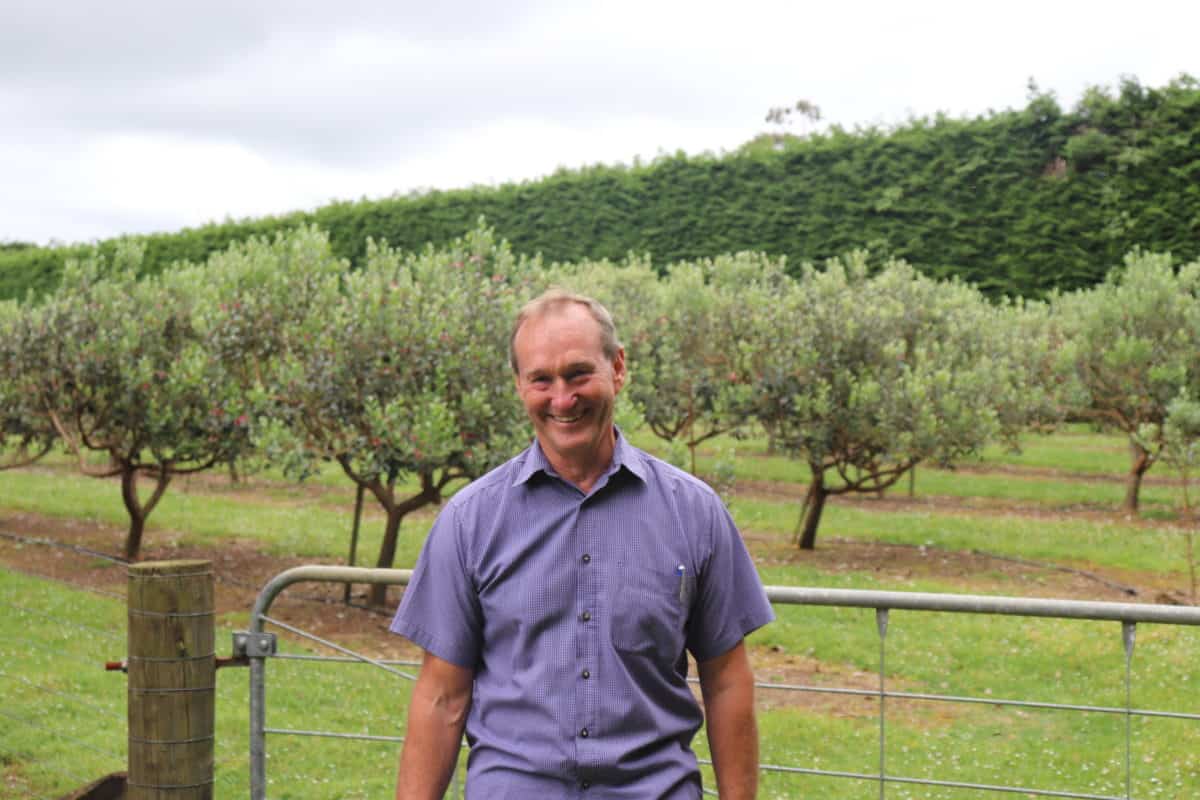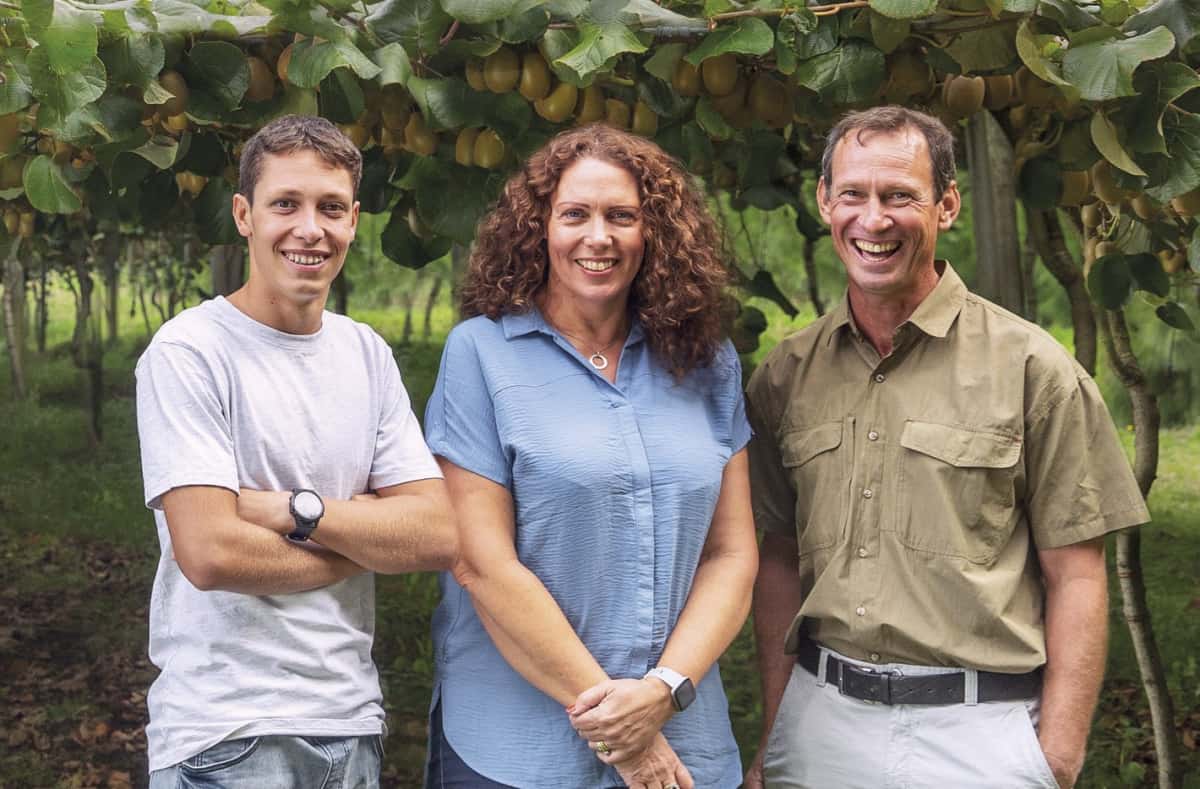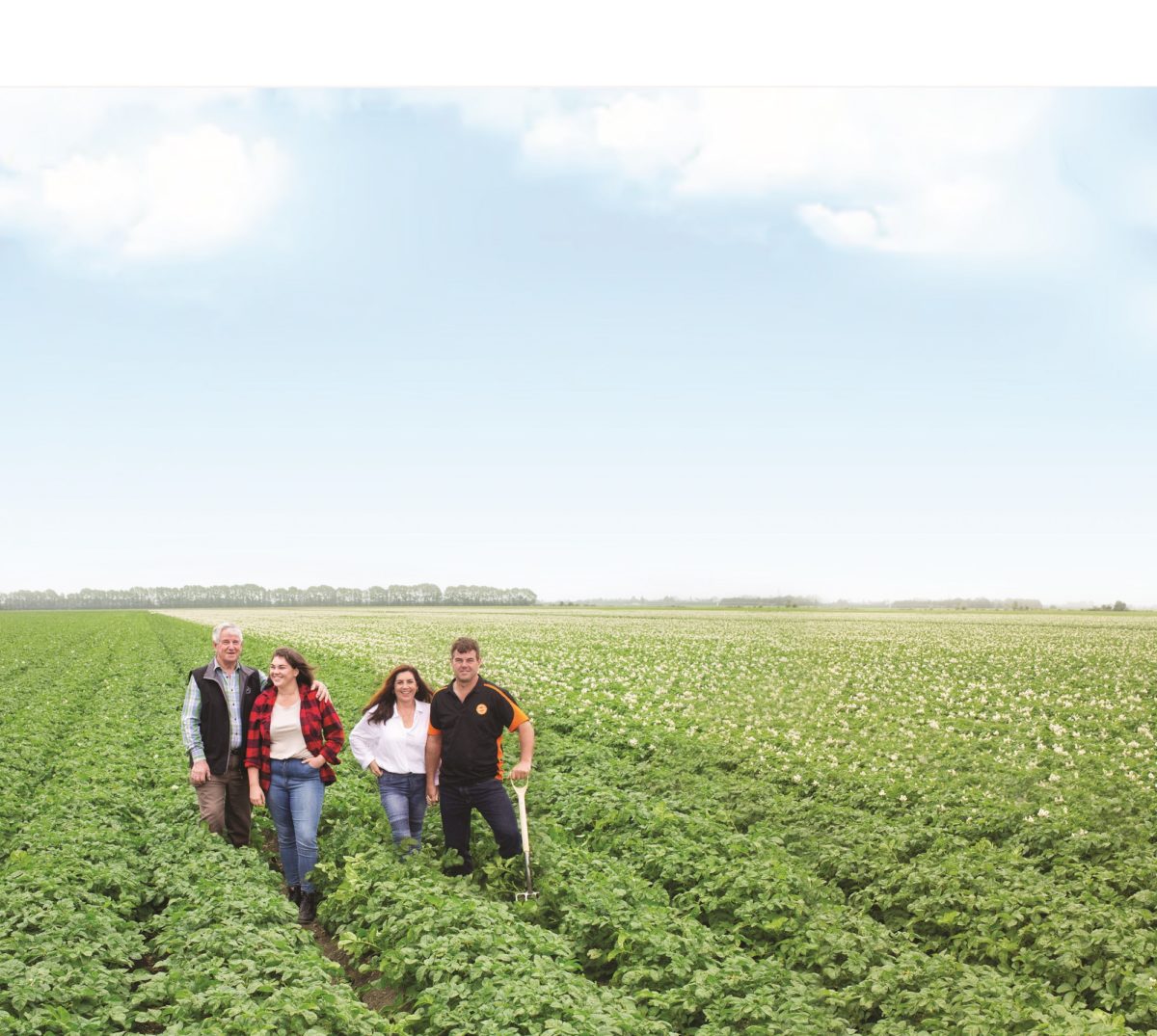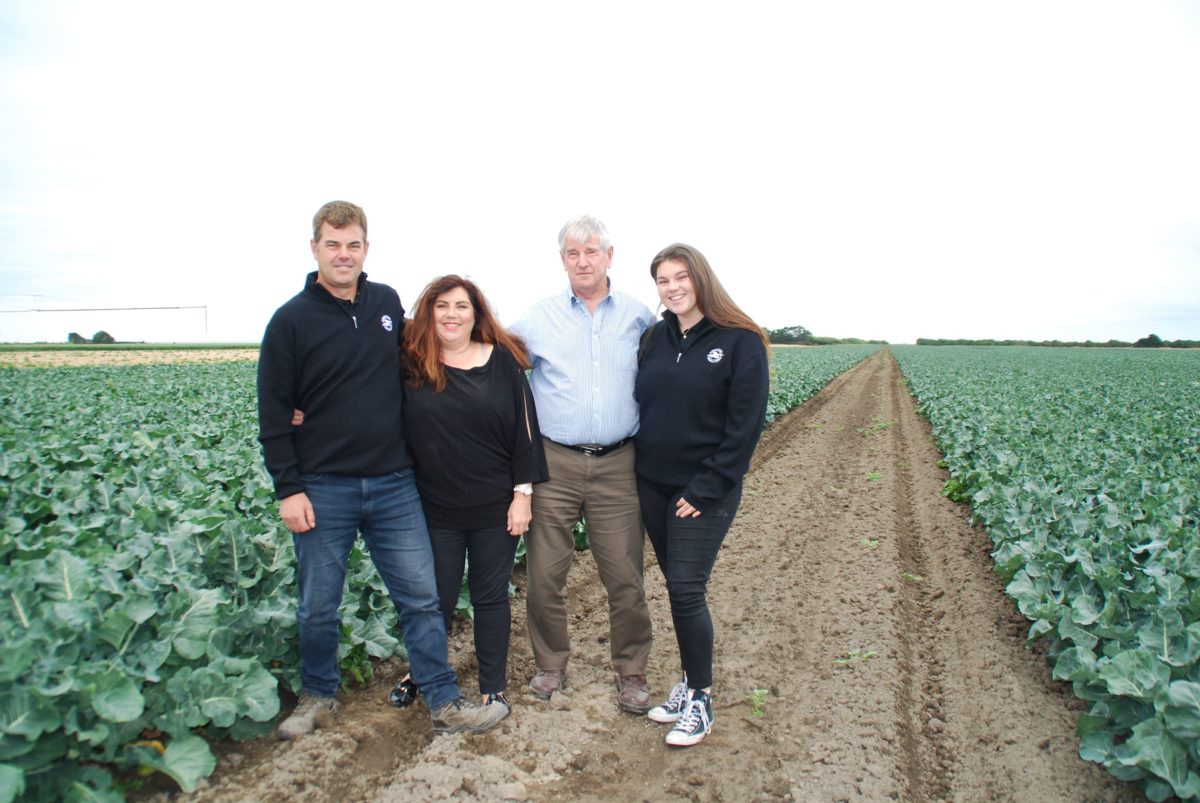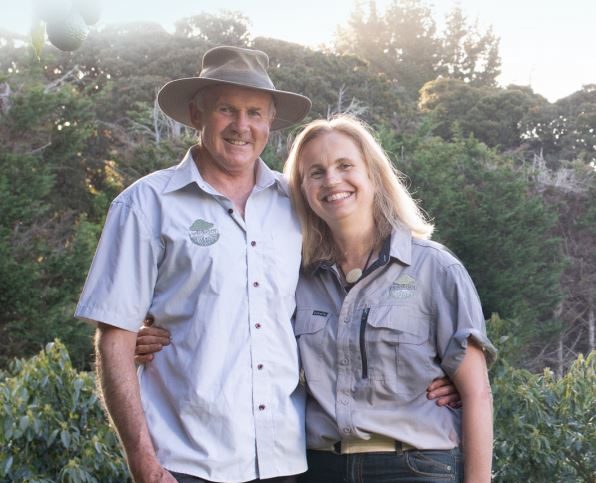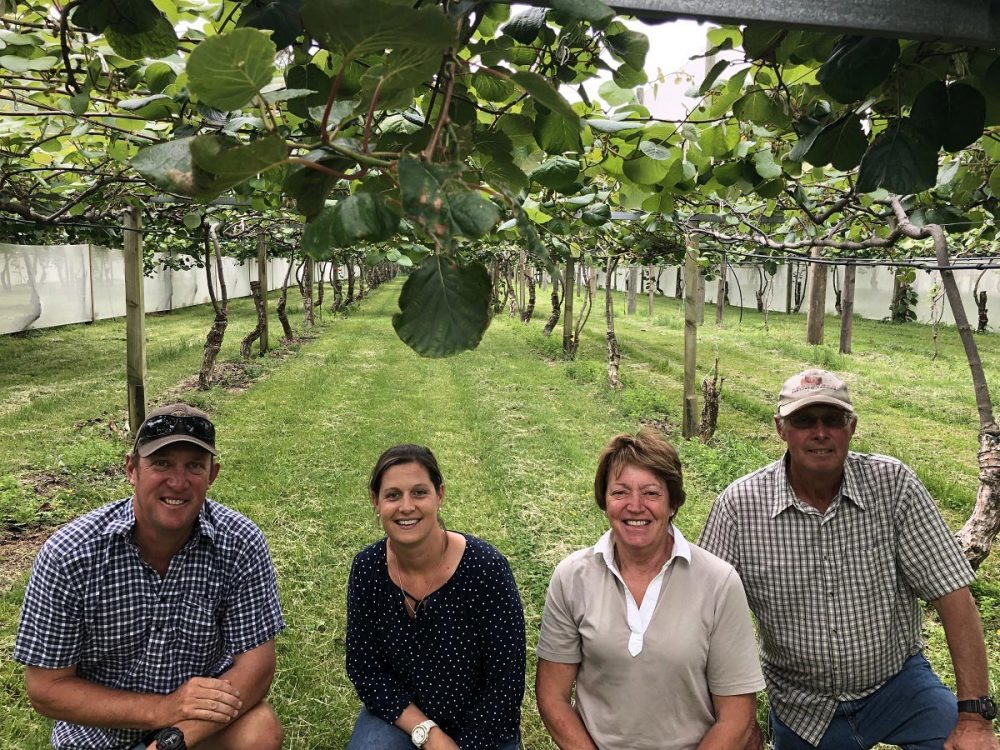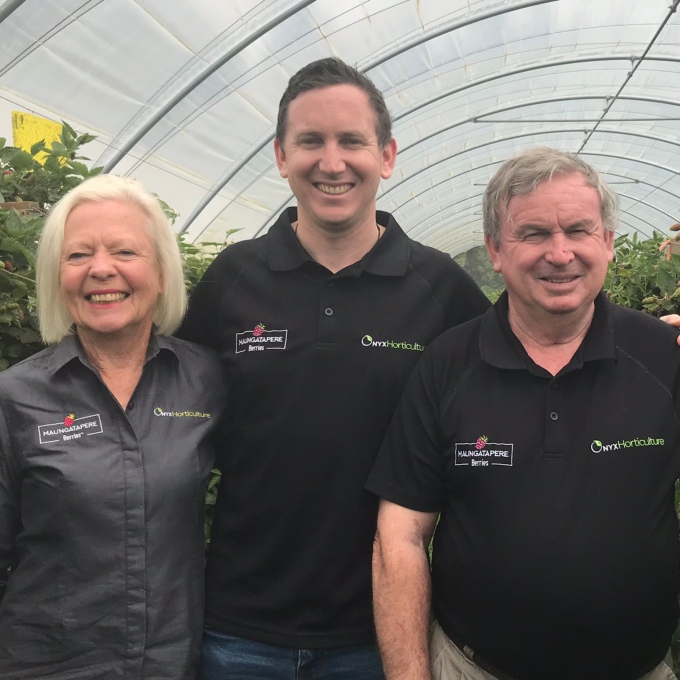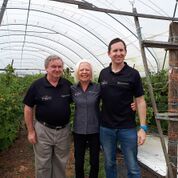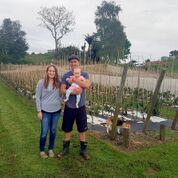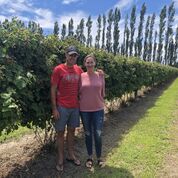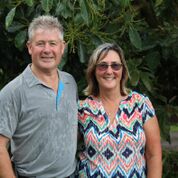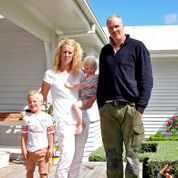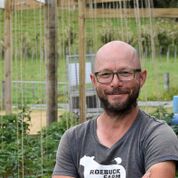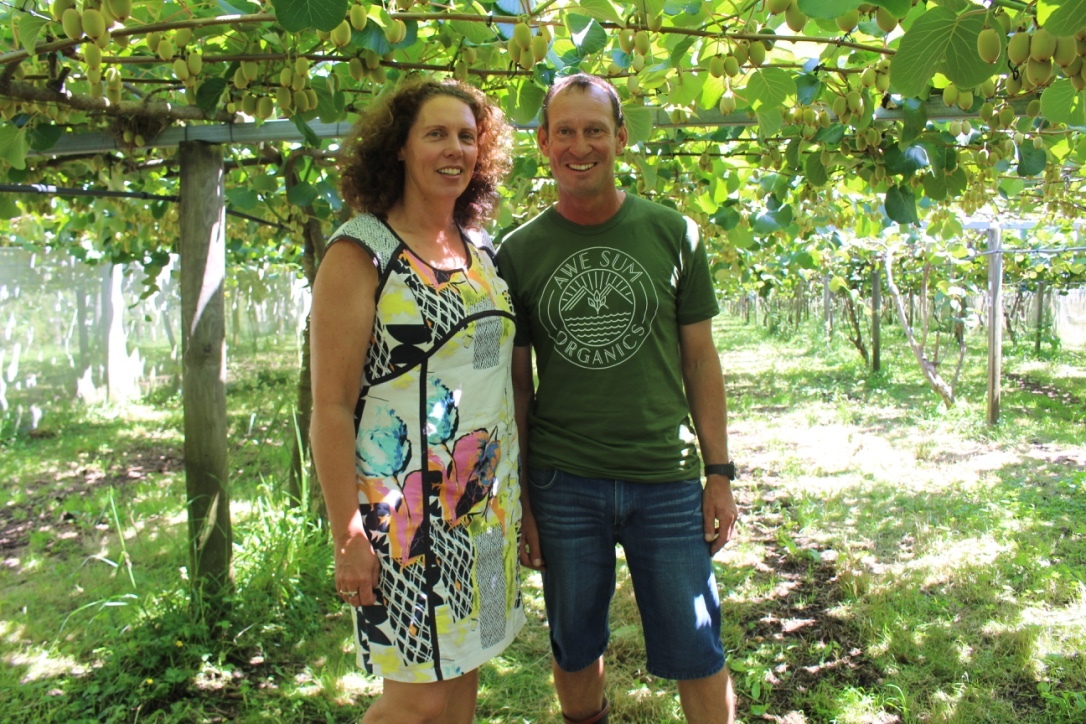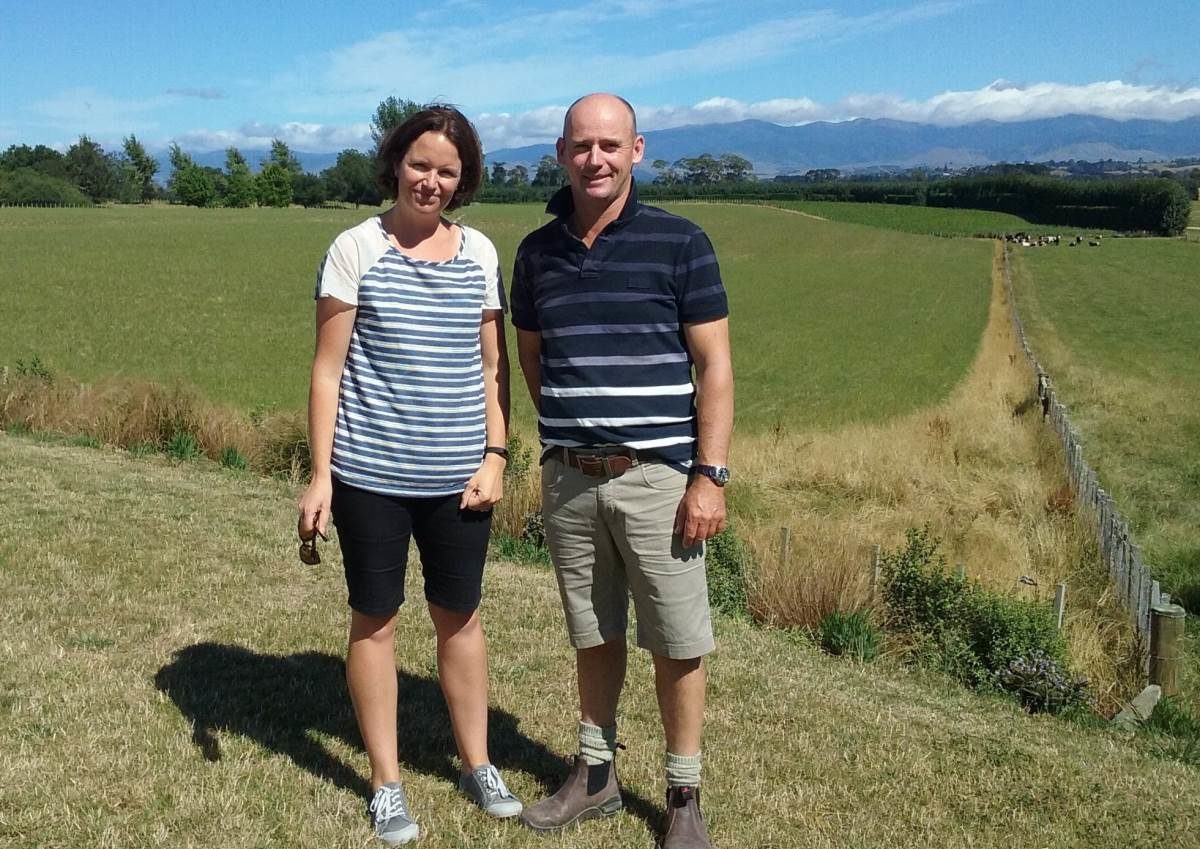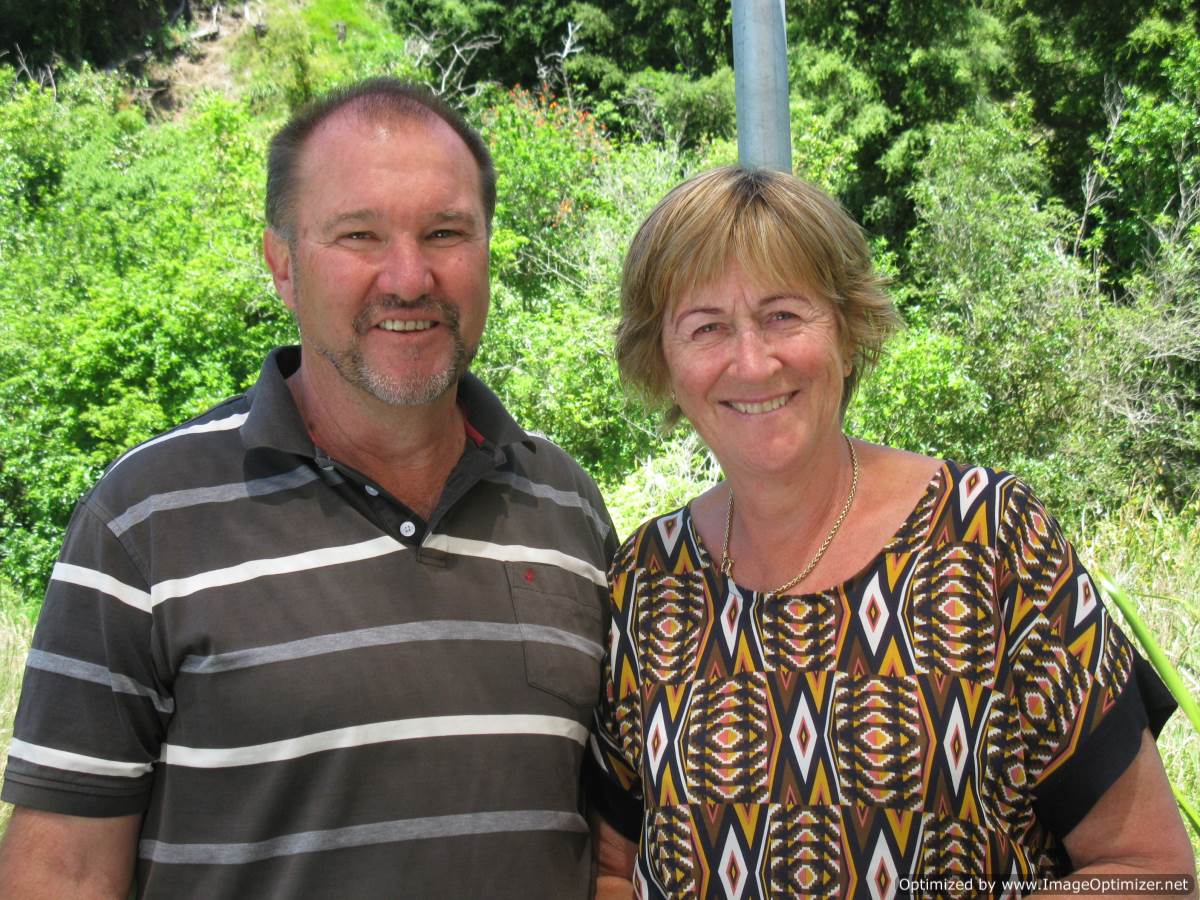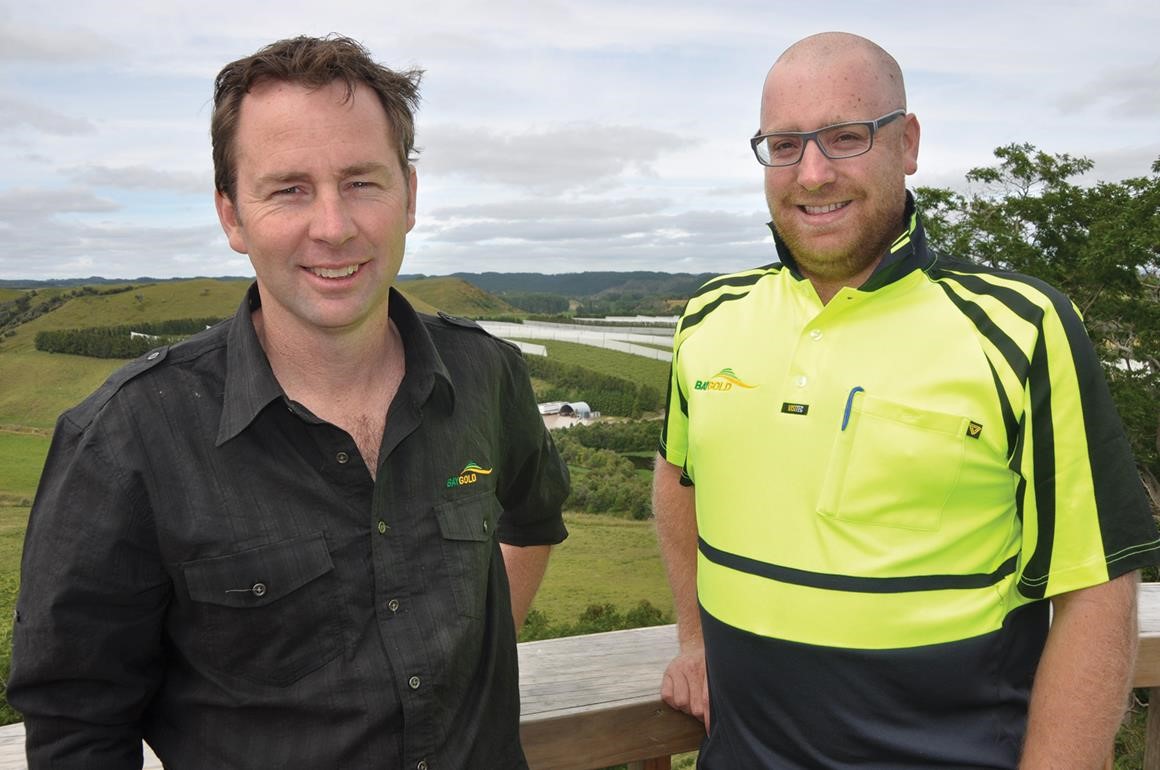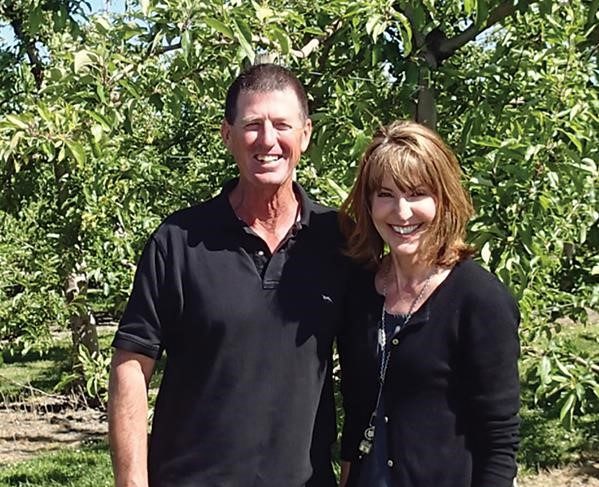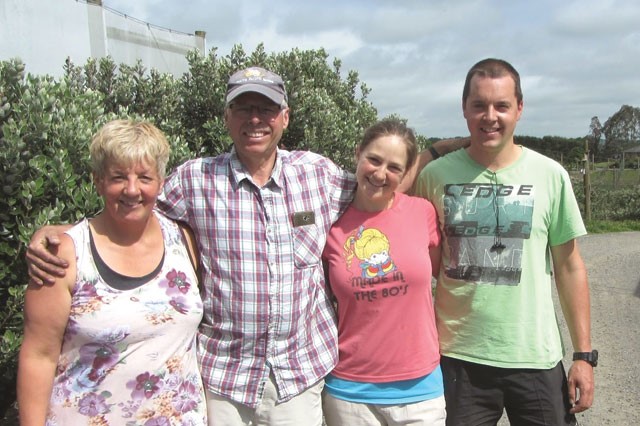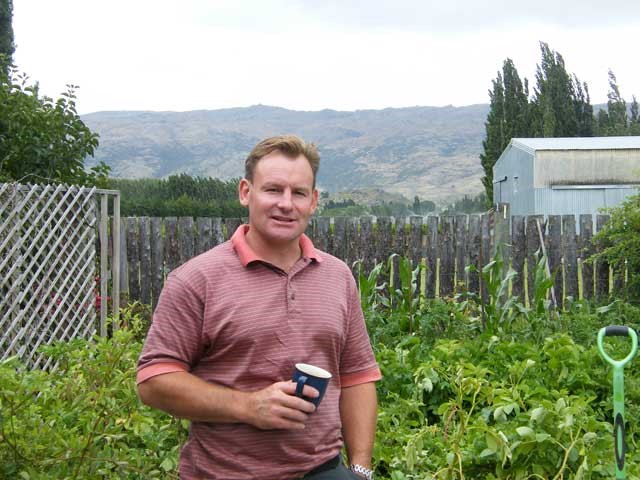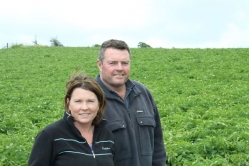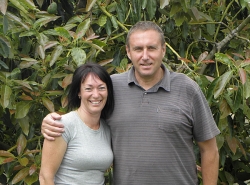A move across the globe proves fruitful
A sustainable orchard growing a classic Kiwi-favourite just out of Matamata is a long way from the northern Netherland’s province of Friesland.
13/04/2021
But for Dutch couple Frans and Tineke de Jong, it’s been a wonderful home for almost 20 years - and one they’ve turned into a thriving business.
Thirteen varieties of feijoas are grown (which the de Jongs had never tried before arriving here!) in the orchard, as well as delicious capsicums and chillies in their state-of-the-art computer-controlled greenhouse.
Back in the Netherlands Tineke was a florist while Frans grew up on a dairy farm – before a career as a chemist in agricultural analytical testing beckoned.
At that time, their son Talbert was studying dairy farming which saw him heading to New Zealand for work experience. A Christmas visit to see him soon sealed the deal.
“We were sold in a week,” said Tineke.
So in 2003, the family moved here permanently to take over the 5.05ha Southern Belle Orchard. “It had a few nuts and screws loose,” laughs Frans, “but we were determined to create a successful operation using sustainable growing methods.”
It’s a goal they’ve not only achieved, but have also have been recognised for as Regional Supreme Winners of the Waikato Ballance Farm Environment Awards in 2015.
Six years ago Frans and Tineke brought their son Talbert and partner Emily onto the orchard in a 10-year succession plan. With their own house a stone’s throw from Frans and Tineke’s on the orchard, and two young children for the grandparents to play with, the stage is set for the next generation to continue the story. Al Brown sat down with the family to find out more.
Enter the Ballance Farm Environment Awards
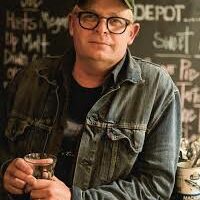
Interview with Al Brown
This story is part of our Round the Farm Table series where New Zealand chef and good keen man Al Brown chats to BFEA entrants from around the country and finds they’re committed to sustainable farming – and growing delicious food.
Al chatted to the pair and found out more, plus recommends this great recipe below.
Al: Have you always had a focus on sustainable living?
Frans: I was 15 when the global oil crisis hit in the ‘70s. I remember thinking even back then that we can’t go on this way. Someone told me once to always try to leave the world a better place. This informs everything we do today.
Talbert: We recycle nutrients as much as possible, slow composting all the clippings with horse manure from the neighbours. This ends up under the trees, which means no weeds, reduced pesticides and it keeps all the moisture in. Regular soil, leaf and nutrient tests make sure everything is in balance.
AI: And what about in the greenhouse?
Tineke: All water and fertiliser use is optimised. We’ve also increased the use of predatory insects in the greenhouses to keep on top of pests and eliminate crop spraying.
Al: Which is all great fodder for the Ballance Farm Environment Awards!
Frans: Yes, we were initially nominated by Hills Laboratories and to be honest we thought, “Oh no, more work!” but it was the best thing that ever happened to us. The judges were incredibly knowledgeable and open-minded.
Tineke: It was so worthwhile seeing what others were doing and to verify to us the importance of soil management and using nutrients to retain biology in the soil.
Al: What part of the BFEA experience has had the biggest impact on your operation?
Frans: The awards have been a great showcase for the business, which has allowed us to develop even better business relationships with new and existing customers.
Tineke: It’s also given us the confidence to get more involved in the industry with Frans becoming chairman of the New Zealand Feijoa Association and the Waikato Farmers Markets and together with other growers we’ve got together to create a story for export.
Al: Is the ability to tell your story and connecting with people still relevant?
Talbert: Our orchard is always open to visitors and we also love being able to employ good local people. Looking after workers was actually one of the reasons we planted a number of our feijoa trees in the Espalier style along wires. It means better fruit that’s easier to manage – and importantly is much more ergonomic for our pickers.
Emily: Our produce sells around the country and to the world, but we still make the weekly trip to the Farmers’ Markets in Tauranga and Hamilton. Talking to customers directly and educating them about where their food comes from will always be important.
Al: And the plan is to one day relieve Mum and Dad completely. How’s the succession plan going?
Emily: We feel pretty blessed that our children will grow up free-range on the orchard.
Talbert: We’re keen for Mum and Dad to slow down and spend more time riding their electric bikes but I don’t think that will ever happen!
Dad loves a good project. Currently he’s working on self-steering trolleys made from electric wheelchairs with a scissor lift for picking in the greenhouse. He’s a bit of a mad genius!
Frans: I think that’s a compliment! But in all seriousness, there’s a bigger purpose to what we are doing. We want our grandchildren to be able to farm without them having to worry about the practices of previous generations.
Al: Awesome. Ok so here’s a juicy one: feijoas – what’s the best way to eat them?
Frans: Slice them lengthways into quarters. End of story!
Talbert: My mother-in-law’s feijoa crumble. And no I’m not trying to score brownie points. It’s amazing!
Al: Ha! Finally, if you could invite anyone to share your produce, who would it be?
Frans: Always good friends and family. Our daughter is living in Christchurch so we’d love to have her and her
partner and the whole family together, for a long lunch in the orchard. Fresh, healthy, nutritious food. Doesn’t get better than that!
Talbert: With plenty of good wine too. It’s pretty handy living close to Mum and Dad. They’ve got a much better wine selection than us. And I know where their key is!
Round the farm table
Recipe by
